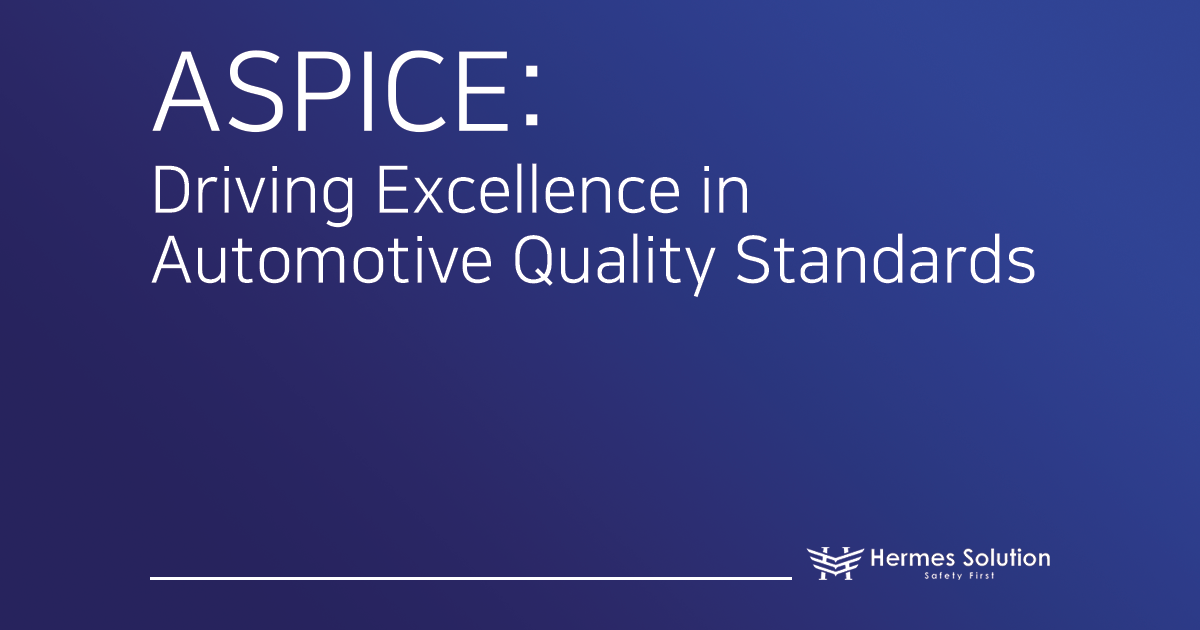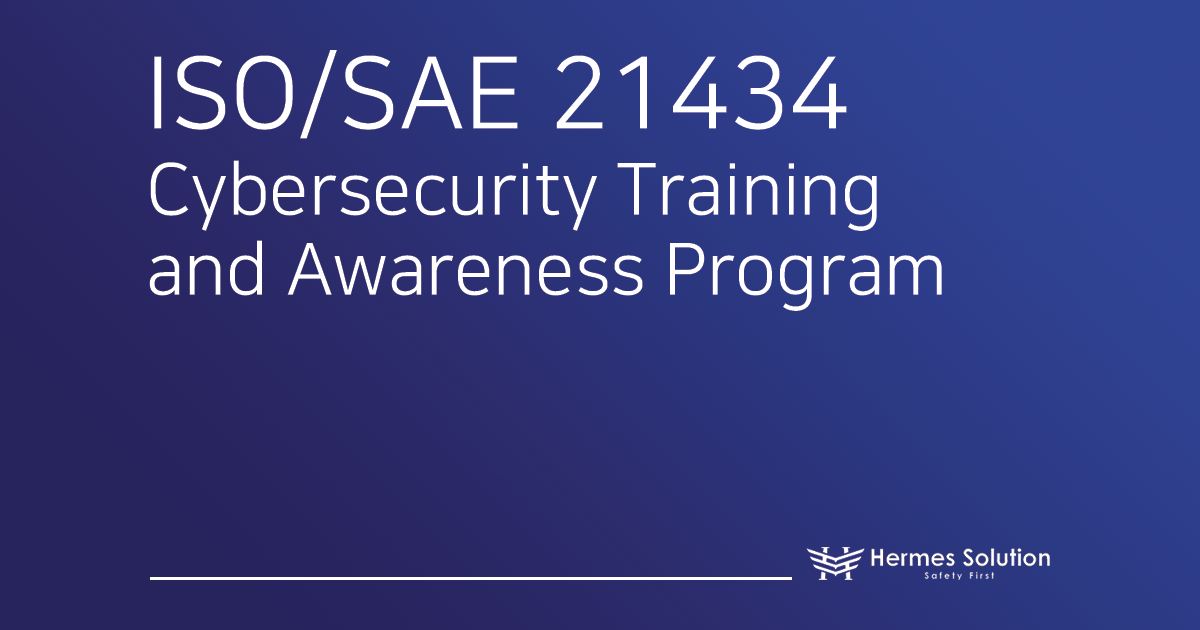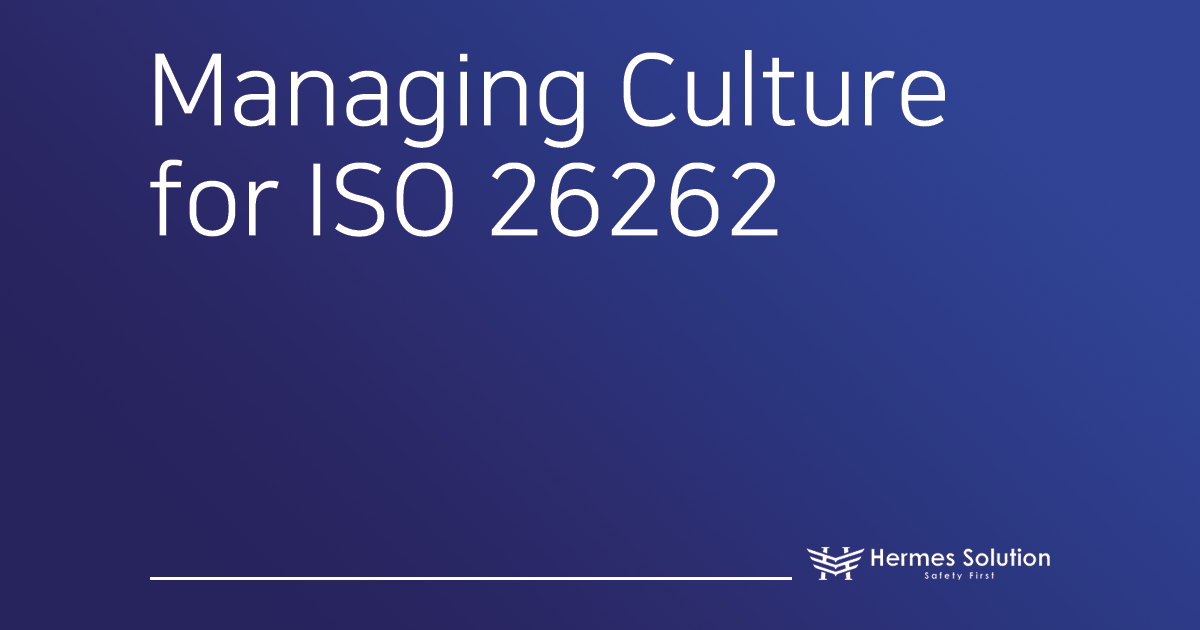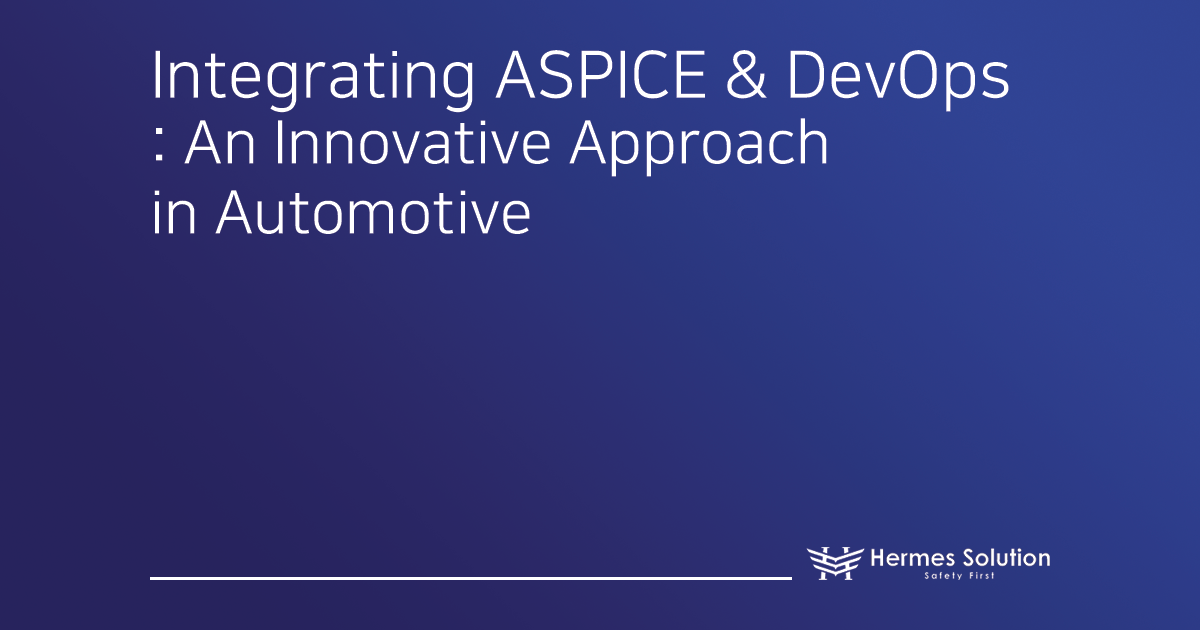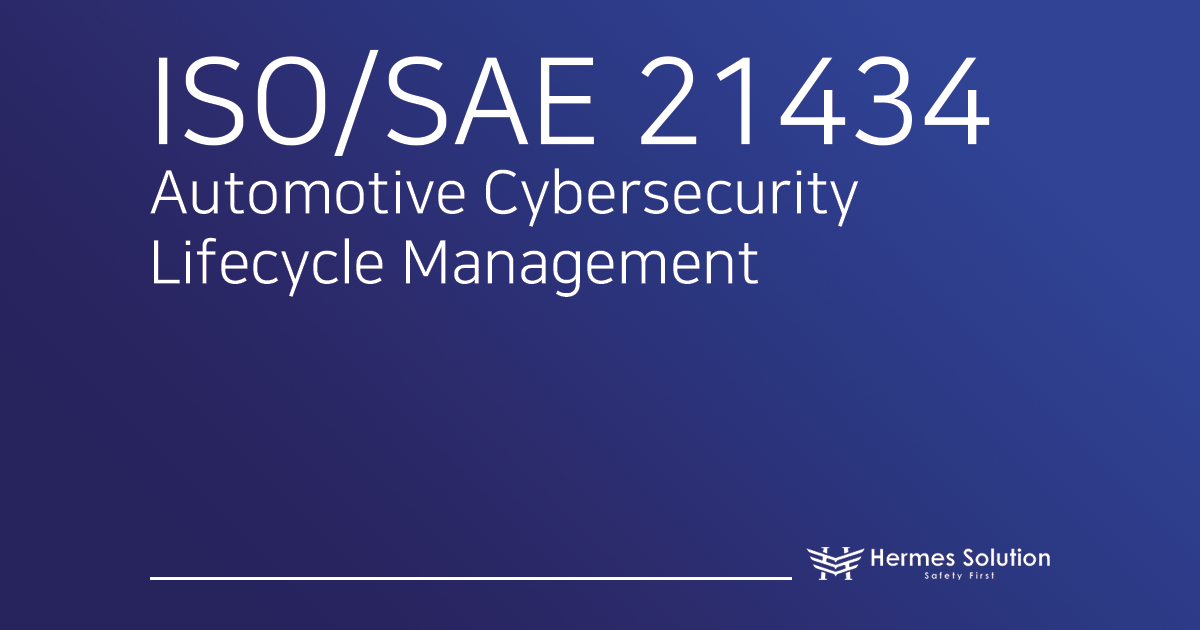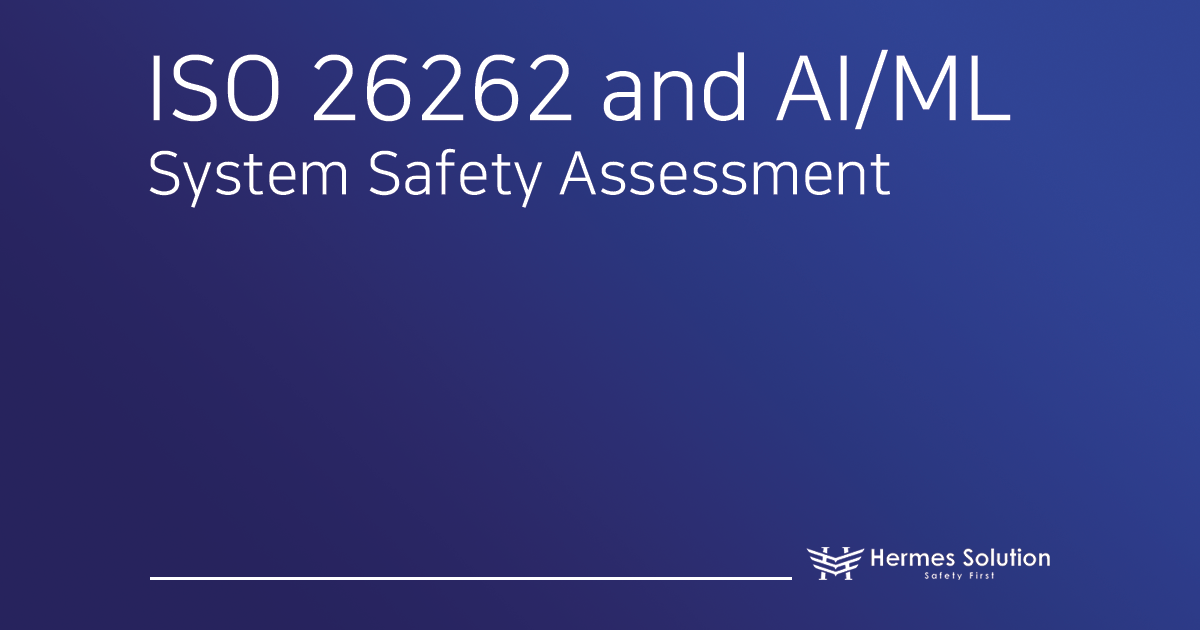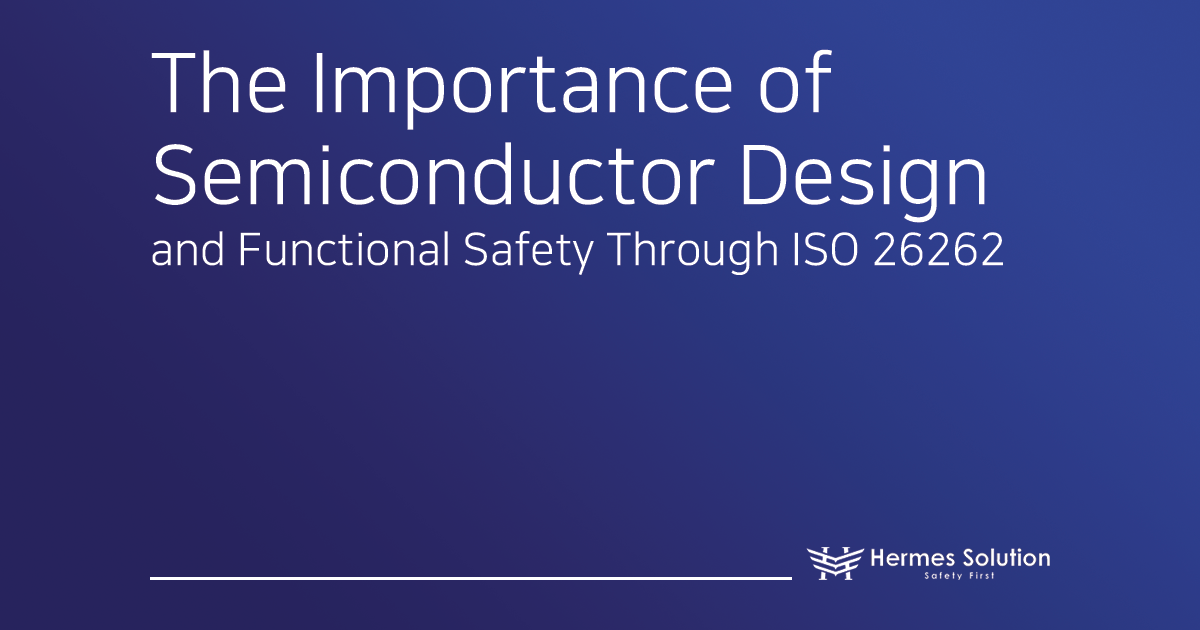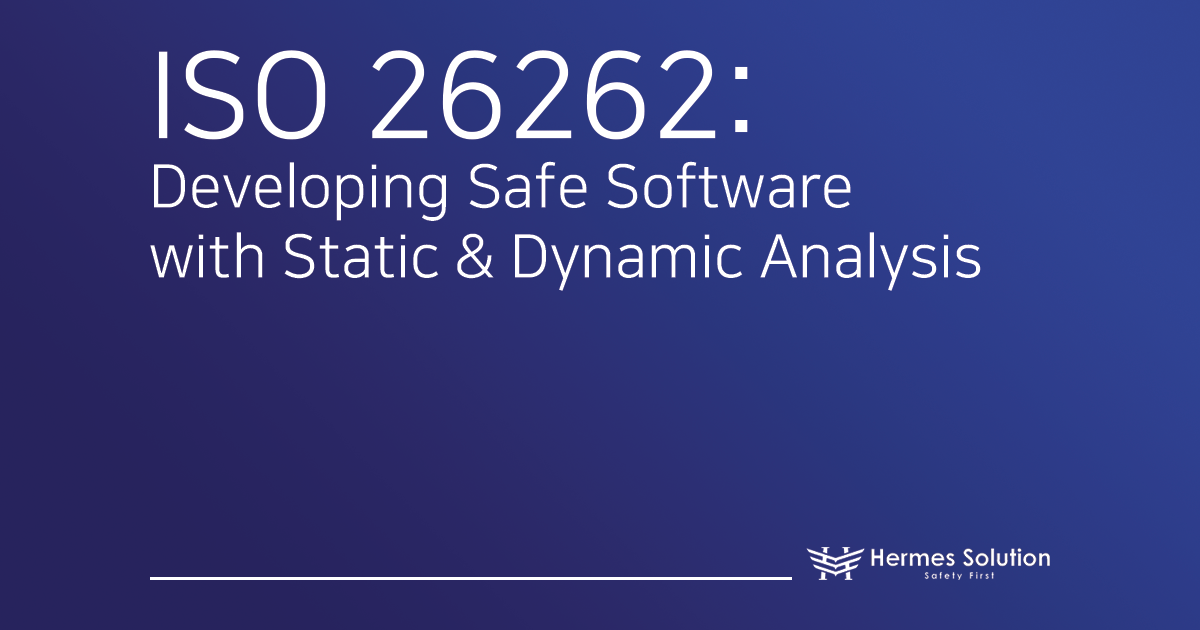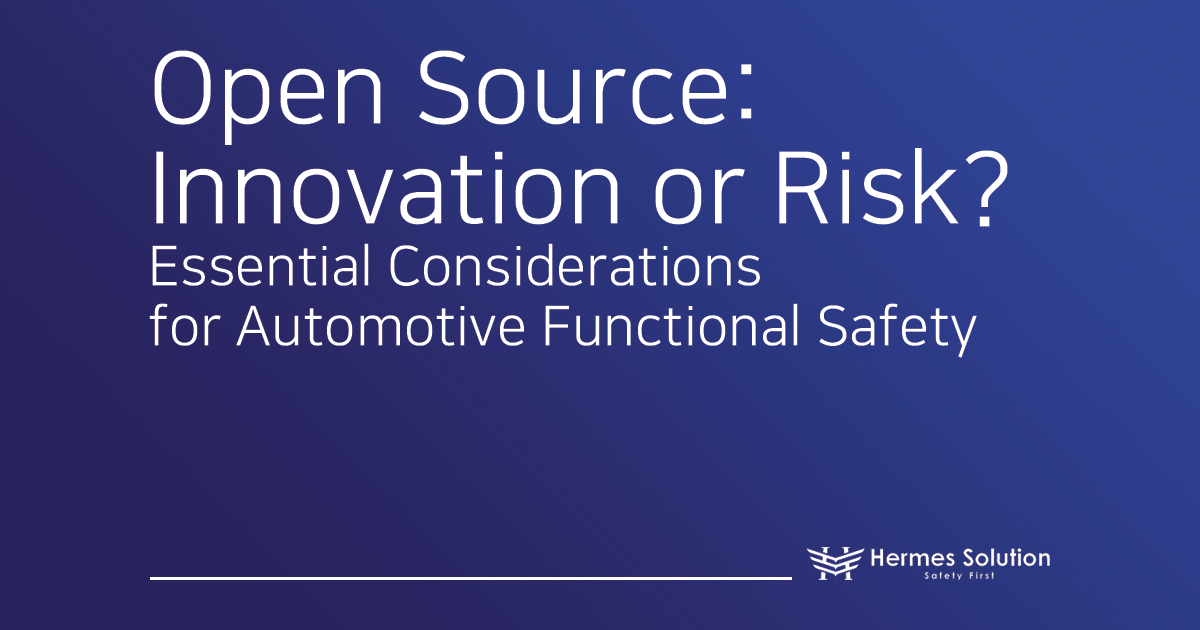Hello Engineers! Welcome to the official Hermes Solution blog.
Today, the automotive industry faces unprecedented complexity due to software-intensive systems, electrification, autonomous driving, and increased vehicle connectivity. In this evolving environment, the importance of industry standards to ensure automotive system safety, reliability, and performance cannot be overstated. Vehicles have transformed from mere transportation tools into highly sophisticated products, demanding systematic approaches and quality management throughout the development process.
Automotive industry standards address precisely these requirements. ASPICE (Automotive SPICE) plays a pivotal role in enhancing the quality and efficiency of automotive systems and software development processes, ultimately providing consumers with safe and reliable products. By emphasizing process quality, ASPICE helps organizations work systematically and continuously improve. Additionally, ASPICE complements other critical automotive industry standards, such as ISO 26262 for functional safety and ISO/SAE 21434 for cybersecurity, creating an integrated framework that ensures vehicle quality and safety comprehensively. As reliance on software and connected systems increases, establishing systematic development processes and continuous quality management is essential for future competitiveness in the automotive industry.
What is ASPICE (Automotive SPICE)?
ASPICE (Automotive Software Process Improvement and Capability dEtermination) is a process assessment framework developed specifically for evaluating and improving software and system development processes within the automotive industry. Based on the ISO/IEC 15504 standard (now replaced by the ISO/IEC 330XX series), ASPICE is tailored to meet automotive-specific requirements.
The primary goals of ASPICE are to assess the maturity of automotive software development processes, improve quality and efficiency, and ensure compliance with industry standards. ASPICE enables organizations to identify strengths and weaknesses in their processes, pinpoint areas for improvement, and achieve better product quality and more efficient development cycles. Widely adopted as a standard for ensuring process quality between automotive manufacturers (OEMs) and Tier 1 suppliers, ASPICE is often a mandatory requirement for collaboration.
ASPICE uses a capability level model ranging from Level 0 to Level 5 to assess process maturity. This model provides benchmarks for tracking and improving process effectiveness. Each level defines the degree of process implementation and optimization, with Level 5 indicating continuous process innovation. ASPICE’s alignment with international standards provides a common language for global process assessment and improvement, enhancing collaboration and understanding across diverse automotive industry organizations.
ASPICE 4.0: Major Updates and New Features
Recently released, ASPICE 4.0 introduces significant changes and new features compared to the previous version, ASPICE 3.1. These updates reflect technological advancements and new industry requirements.
Table 1: Comparison of ASPICE Versions
Machine Learning Engineering (MLE) Process Group
A key addition in ASPICE 4.0 is the Machine Learning Engineering (MLE) process group, addressing the growing use of AI and machine learning in automotive systems. It includes four processes: MLE.1 (ML requirements analysis), MLE.2 (ML architecture), MLE.3 (ML training), and MLE.4 (ML model testing). Additionally, the support process group now includes SUP.11 for effective ML data management. This addresses unique challenges associated with machine learning software development and deployment.
Hardware Engineering (HWE) Process Group
ASPICE 4.0 expands beyond software to cover mechatronic system development through the Hardware Engineering (HWE) process group. HWE includes processes for hardware requirements analysis (HWE.1), hardware design (HWE.2), hardware design verification (HWE.3), and hardware requirements verification (HWE.4), reflecting the close integration between hardware and software crucial for electric and autonomous vehicles. Notably, HWE.1 emphasizes alignment with ISO 26262 for functional safety.
Revised Assessment Scope
ASPICE 4.0 introduces Base, Plug-in, and Flex assessment scopes. The Base scope includes essential project management and support processes. Plug-in scope requires selecting at least one of SYS, SWE, HWE, or MLE groups, enabling tailored assessments based on product characteristics. The Flex scope allows additional optional process areas depending on organizational needs, providing greater flexibility and assessment efficiency.
New Validation (VAL) Process Group
ASPICE 4.0 introduces a new Validation (VAL) group, comprising VAL.1, focusing on verifying the final product meets end-user expectations in intended use scenarios, considering real-world performance beyond formal requirement compliance.
Updated Generic Practices
Generic practices have been updated, notably GP 2.1.1, now requiring both objective identification and defining a process execution strategy. Terminology changes, like “Work Products” becoming “Information Items,” ensure consistency with other standards. ASPICE 4.0 emphasizes strategic process management and integrates traceability and consistency into a single practice.
Table 2: ASPICE Capability Levels
Enhanced Cybersecurity Integration
ASPICE 4.0 strengthens cybersecurity requirements management, aligning closely with ISO/SAE 21434, to address growing cybersecurity threats to connected vehicles.
ASPICE Application Examples
ASPICE is integral to quality innovation in automotive sectors.
Tier 1 Suppliers
ASPICE compliance often becomes a prerequisite for collaboration with OEMs, establishing process and product stability, thereby building trust and creating further business opportunities.
Mobility and Related Industries (EV, Autonomous Driving, Infotainment)
ASPICE 4.0 is especially relevant for electric vehicles, autonomous driving systems, and infotainment systems, ensuring safety, cybersecurity, and reliability across all system components. ASPICE 4.0 provides a robust framework to manage complexity and ensure quality in advanced automotive technologies.

Hermes Solution offers specialized consulting and training for successful ASPICE 4.0 implementation and certification. Our experienced professionals deliver tailored solutions to help you achieve process improvement goals and maintain competitive automotive quality standards. Contact Hermes Solution today to lead quality innovation and strengthen your competitive advantage.
